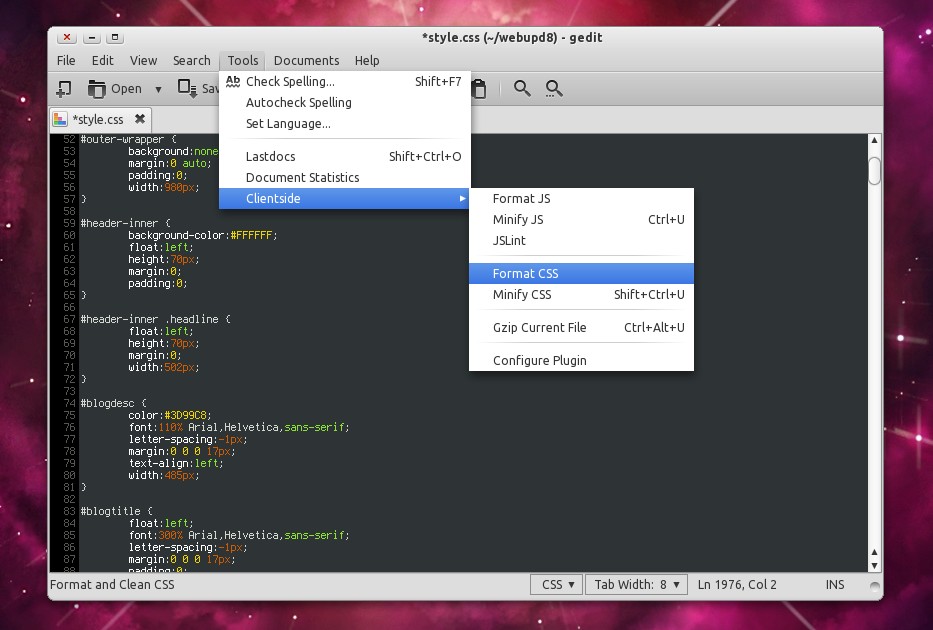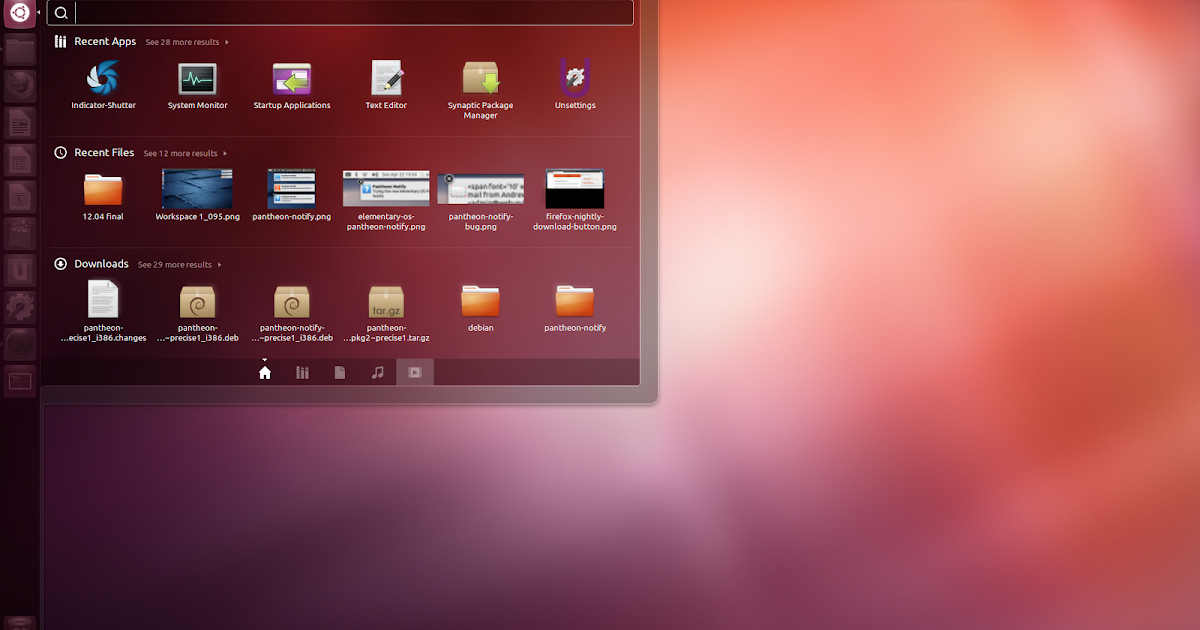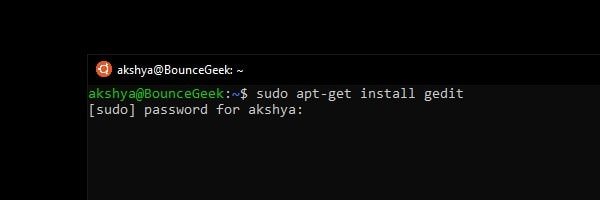

Now you can use conda to see which environments you have installed so far. TIP: You can add much more to the conda create command, type conda create -help for details. Installing one program at a time can lead to dependency conflicts.
Gedit command install#
TIP: Install all the programs you will want in this environment at the same time. This will create a second new environment named /envs/bunnies with Python 3 and Astroid and Babel installed. With this second environment, you can install a different version of Python, and a couple of packages: conda create -name bunnies python=3 astroid babel So you can try switching or moving between environments, create and name a new environment. You can specify a different path, see conda create -help for details.ĭeactivate the environment with the following:Ĭonda removes the path name (snowflakes) from your system command. TIP: Environments are installed by default into the envs directory in your conda directory. Change environments (activate/deactivate)Ĭonda prepends the path name (snowflakes) onto your system command. See conda -help or conda -h for a list of abbreviations. So -name and -n options are the same and -envs and -e are the same. TIP: Many frequently used options after two dashes ( -) can be abbreviated with just a dash and the first letter. This environment will use the same version of Python that you are currently using, because you did not specify a version. This will create a new environment named /envs/snowflakes that contains the program Biopython. To create a new environment, use the conda create command, followed by any name you wish to call it: conda create -name snowflakes biopython In order to manage environments, we need to create at least two so you can move or switch between them. The same help that is available in conda is also available online from our :doc:`command reference documentation `. For example, to learn about the conda environment command: conda env -help
Gedit command full#
You can even share an environment file with a coworker.Īnytime you wish to see the full documentation for any command, type the command followed by -help. Switching or moving between environments is called activating the environment.
Gedit command update#
With conda, you can create, export, list, remove, and update environments that have different versions of Python and/or packages installed in them.

Gedit command how to#
In conclusion, we have discussed how to install gedit in Ubuntu 20.04 LTS release. Lastly, the package can be accessed from our Systems' main Menu or terminal (issue gedit in terminal to run the application). This will also install necessary dependencies (if any). sudo apt updateĪnd, to install gedit - issue the following in terminal, sudo apt install gedit

Therefore, we need to first update Ubuntu repository to make the latest version of package available. Since the package is already available in standard Ubuntu repository. In case you don't have one, then contact your System Administrator for assistance. Note: Following operations would require you to have superuser privileges. We can install gedit through apt ( Advanced Packaging Tool). It supports syntax of numerous languages like Java, HTML, Python, C, C++ etc. And, at the time of writing the article, latest stable release is 3.36.1. The package was first released on February 12, 1999. In this article, we would discuss how to install gedit in Ubuntu 20.04 LTS release. Then, you will have to install gedit separately. But, if you prefer to work with gedit and have some other Desktop Environment installed.

If you have installed GNOME Desktop Environment then, gedit comes installed as default.


 0 kommentar(er)
0 kommentar(er)
